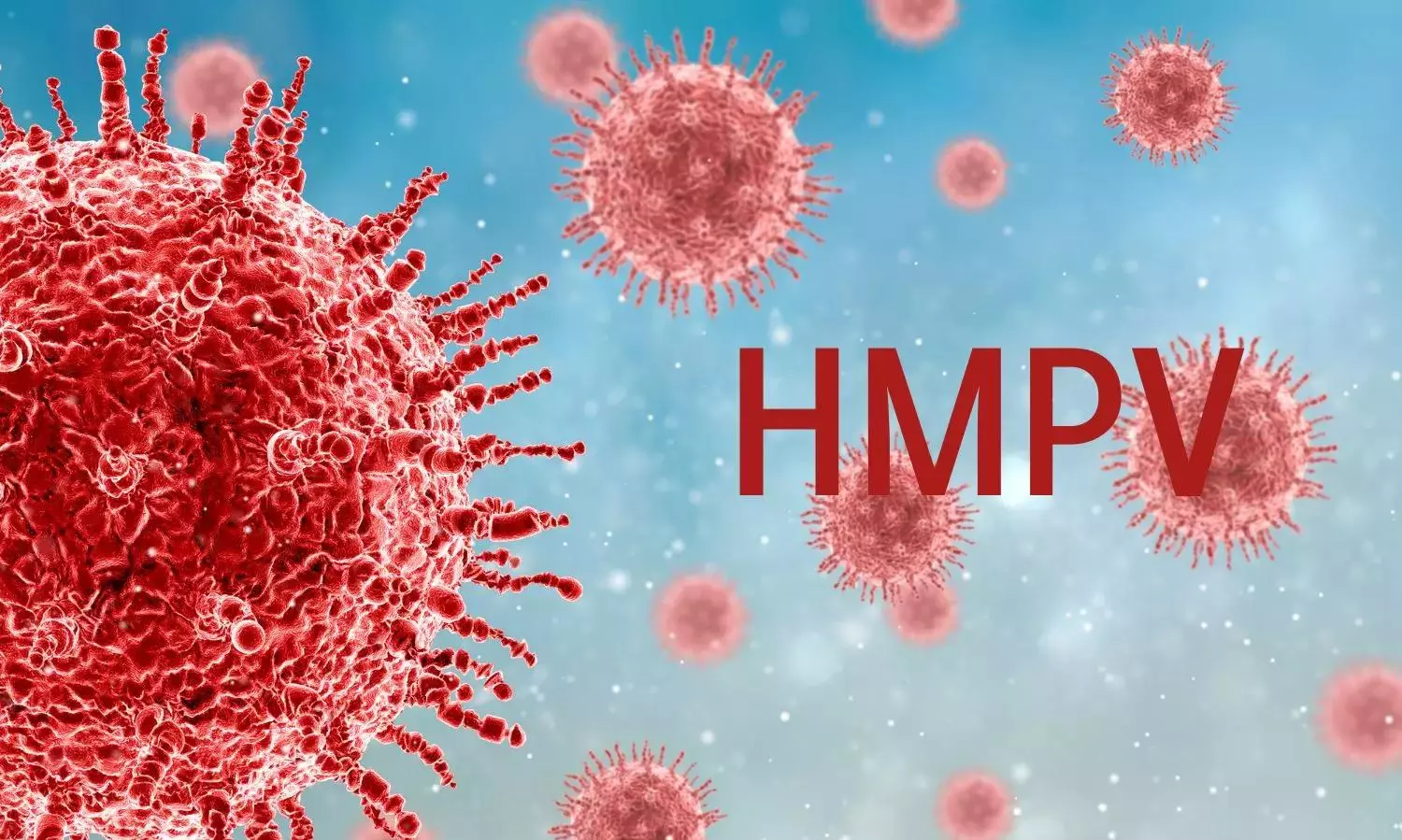HMPV: What You Need to Know

The sprouting of HMPV cases in India, has been a major point of discussion and has caused a lot of anxiety among people, who are comparing it with COVID-19. Although the term has surfaced now, the virus was first identified in 2001, with further pieces of evidence later suggesting that the virus had been present in the Netherlands since 1958.
Snapshot of the Current Situation
As of now, a total of 11 cases of HMPV have been reported from different cities - Bengaluru, Gujarat, Chennai, Kolkata & Mumbai, and the citizens are already having jitters, fearing another epidemic. The truth is that this virus has been present in the country since it was first identified in 2001, but it has only recently come to public attention. Weather conditions are also likely contributing to the cases since the mucous in the nasal passage loses moisture due to dry and cold air thereby compromising the body's natural defense. While the causes and their impacts will continue to emerge over time, we can confidently say that India is tooled up for any potential surge in respiratory illnesses.
A Closer Look at the Mysterious HMPV
HMPV is a respiratory virus that causes upper and lower respiratory infections and is very infamous for its high mutation rate. It mimics flu-like symptoms like cough, running nose, fever, nasal congestion, and shortness of breath. It spreads through respiratory droplets when a person sneezes or coughs or a person touches a surface with these droplets. The most vulnerable groups are children under 2 years of age, elderly people above 65, and immunocompromised people. Its incubation period varies but is generally between 3-5 days. The mild cases can resolve with simple measures but the acute cases can lead to pneumonia and bronchiolitis.
Precautionary Measures
HMPV is generally considered a mild virus, but for the vulnerable group, symptoms can escalate to serious complications. In such severe cases, hospitalization might be required for oxygen therapy or IV fluids. Most of the precautionary measures suggested by the experts are almost similar to that of COVID-19. This includes wearing masks, avoiding bustling areas, practicing good hand hygiene by frequent washing and using alcohol-based sanitizers, covering mouth when coughing and sneezing, avoiding frequent face touching, and not spitting in public places.
Finally, timely detection and prompt treatment can significantly shrink the complications. However, this can be the tricky part, as the infection manifests with symptoms similar to the flu. Therefore, staying informed as new information keeps coming is a crucial safety measure for everyone.
The article is authored by Dr. Viplov Vaidya , Infectious Diseases Physician, - Aditya Birla Memorial Hospital, Pimpri-Chinchwad, Pune)

